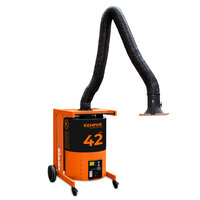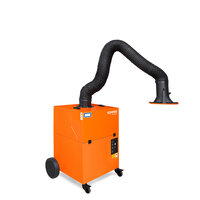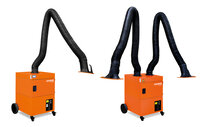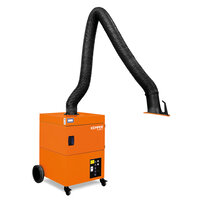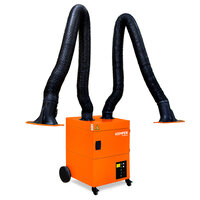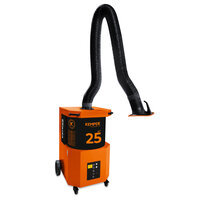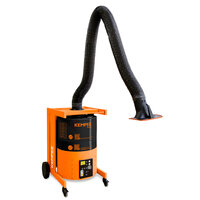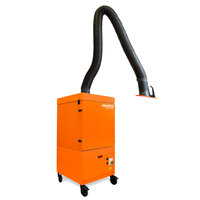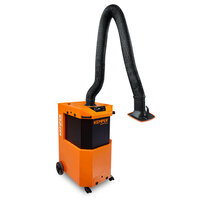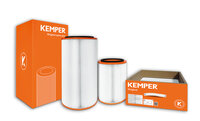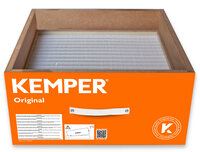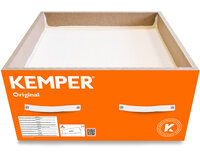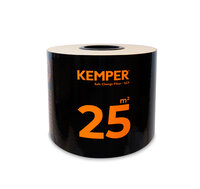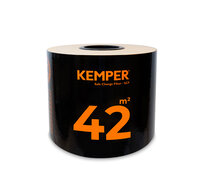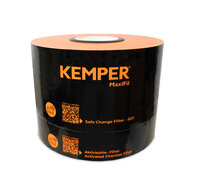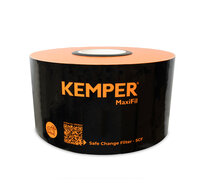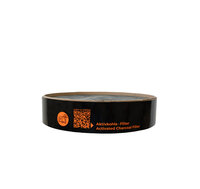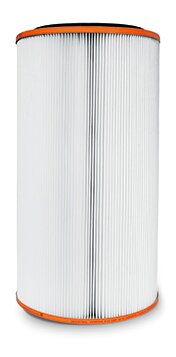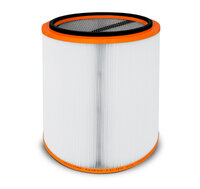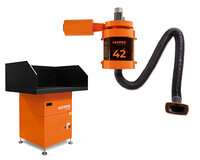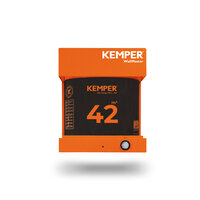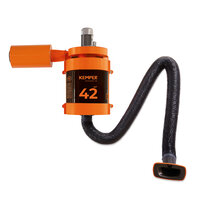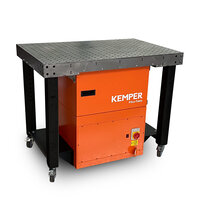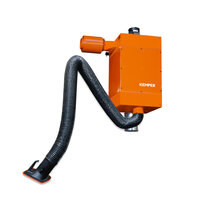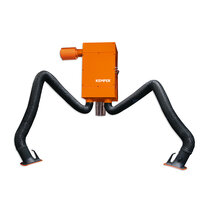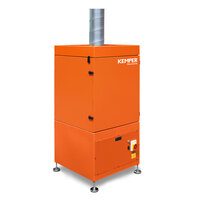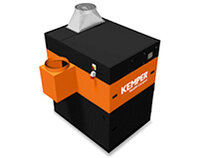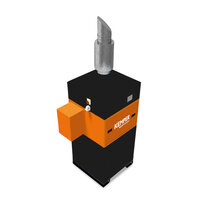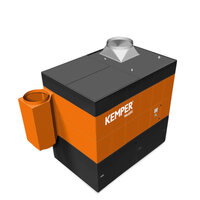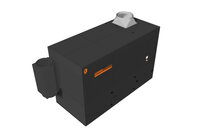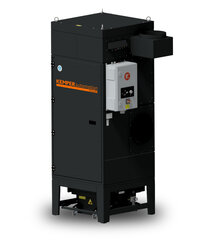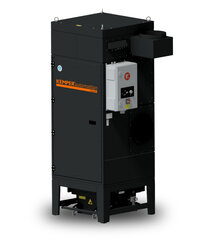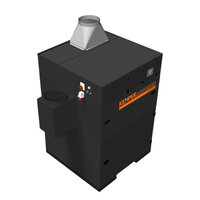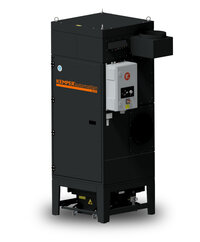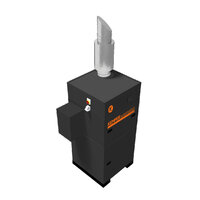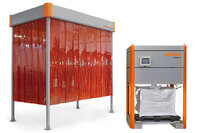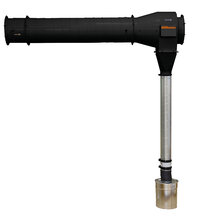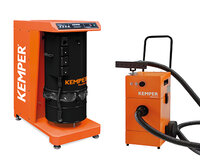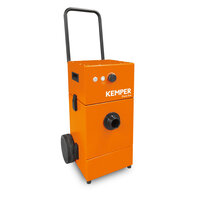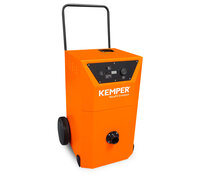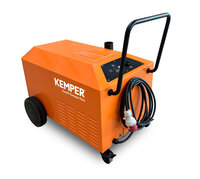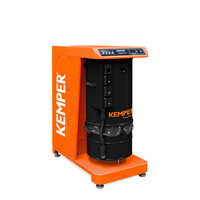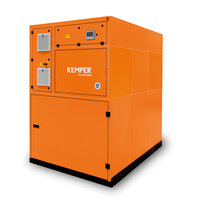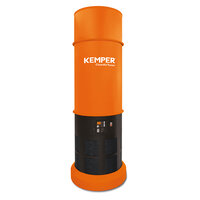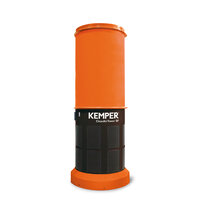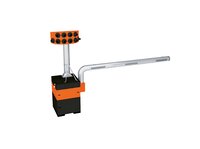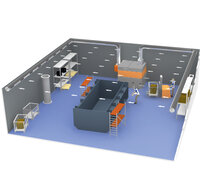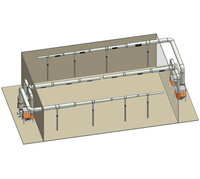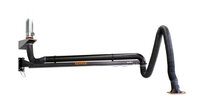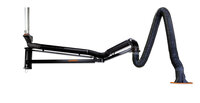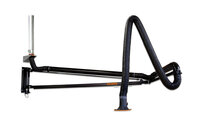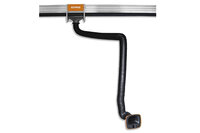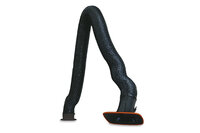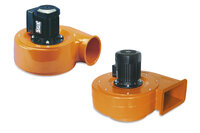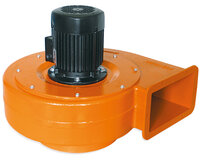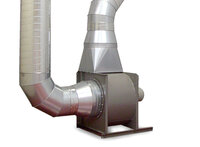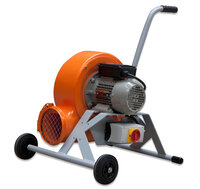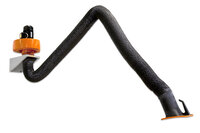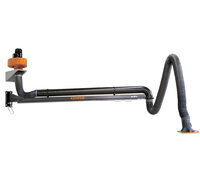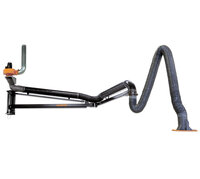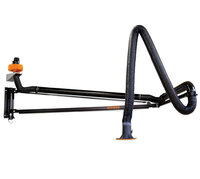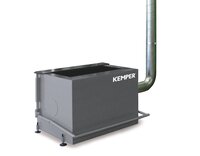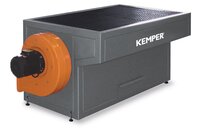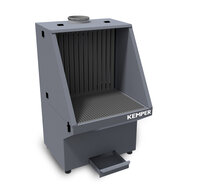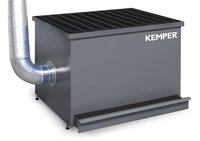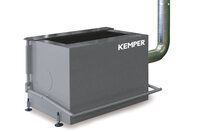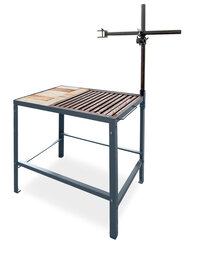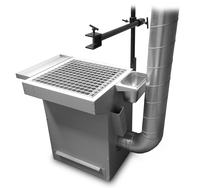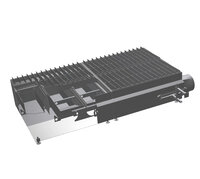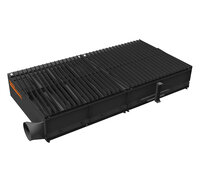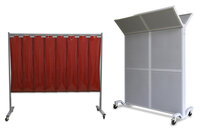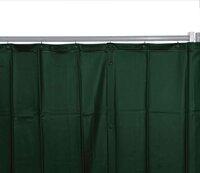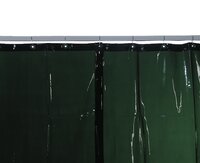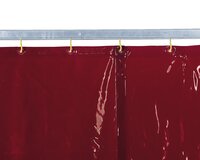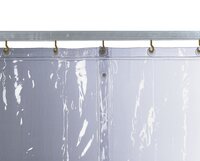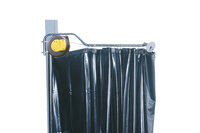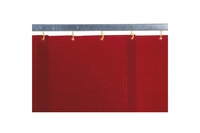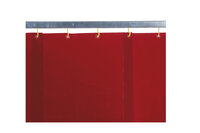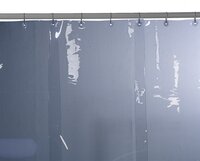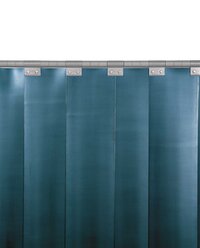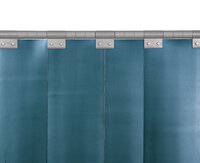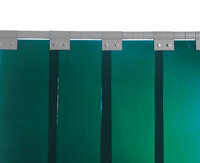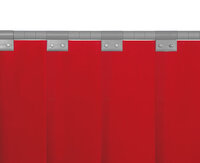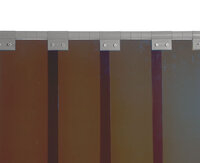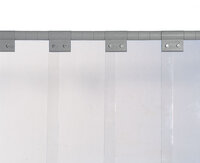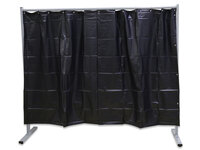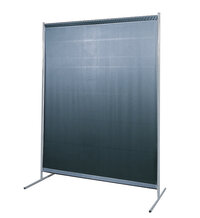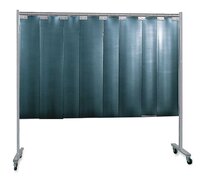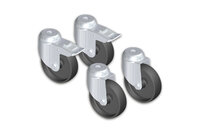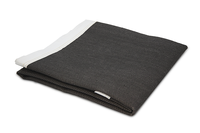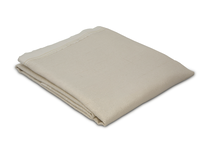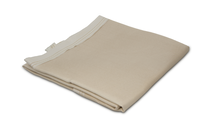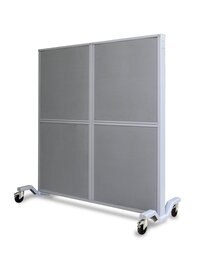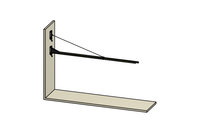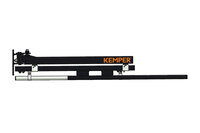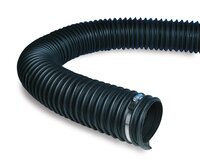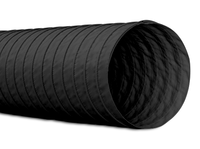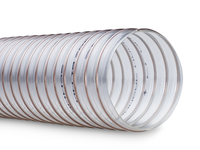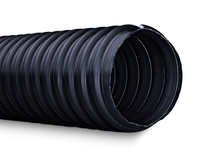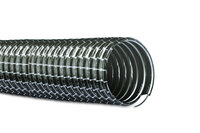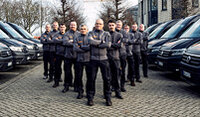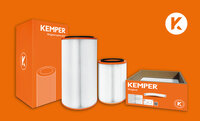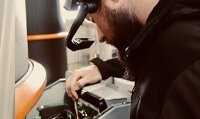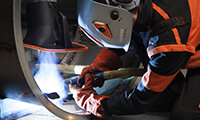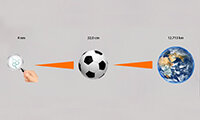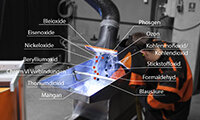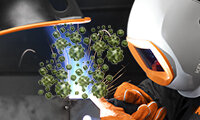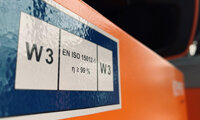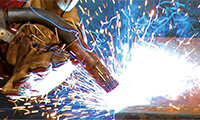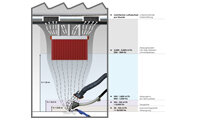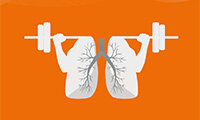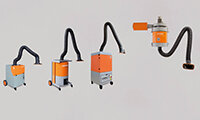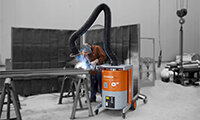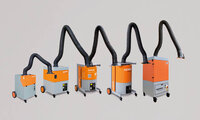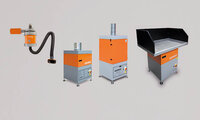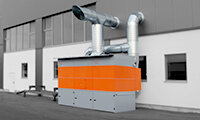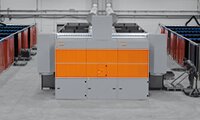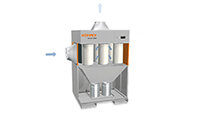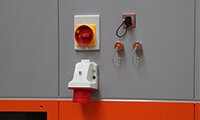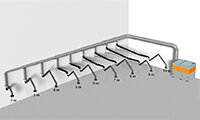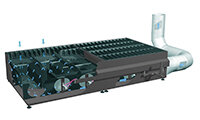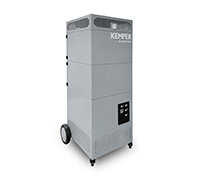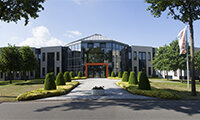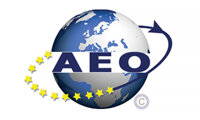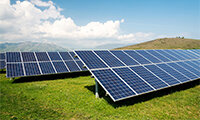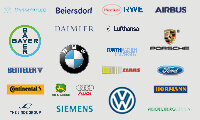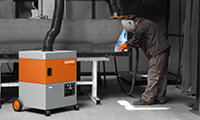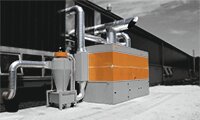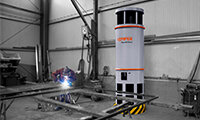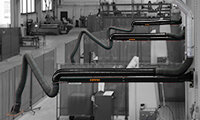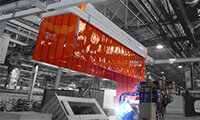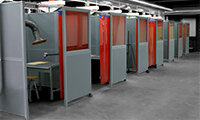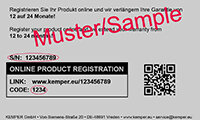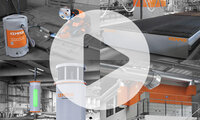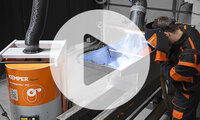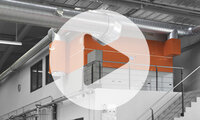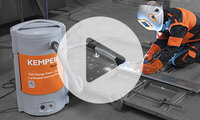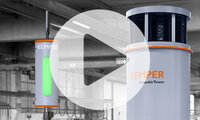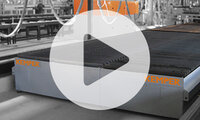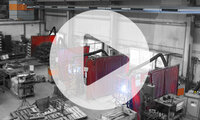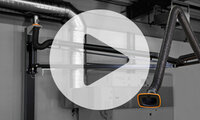Blog
In our Blog for the metal working industry, welding suppliers, health & safety bodies, colleges, welders and other specialists it’s all about health & safety in welding.
The Blog informs about legal requirements, technical innovations or picks up on subjects within the sector. For instance, it’s about room ventilation, exhaust hoods or exhaust arms. When should which be used? Which filter class is required for which application? Why is a contamination free dust removal getting more important.
Visit the new Blog www.safe-welding.com
Here are some current entries:
Occupational Health & Safety 4.0 Today: What is the state of the art and how do welding companies benefit from it? 10/2018
“On the pulse of digitalization” – this was the motto of this year’s EuroBLECH exhibition in Hannover. Networking is certainly on the rise in metal-working companies and brings numerous advantages: OH&S 4.0 – that is several smart appliances communicating with each other – is already a reality today. Modern technologies not only protect employees from hazardous substances more effectively but also help companies combat the shortage in skilled workers. An essay by Björn Kemper
read more on external pageLong-lasting filter technology This is what welders need to know about the inside of their extraction unit 09/2018
The filter technology is decisive in determining the longevity of an extraction unit. The elementary extraction of hazardous substances is decided inside the device. A major factor in determining service life whether it should be a storage filter or an extraction unit with a cleanable filter.
read more on external pageLocal extraction during welding: The welders should pay attention to the following when selecting an extraction device 07/2018
Local extraction is the first choice for welding with regards to occupational safety. It ensures that welding fumes are detected right at the source and thus has the greatest chances in achieving high extraction rates. What type of local extraction is suitable for welding depends among other things on the application area.
read more on external pageDimensioning of workshop ventilation: What welding companies need to know before installation 06/2018
Oversized extraction units and workshop ventilation systems, as well as incorrect planning of the airflow, can be harmful: in addition to effective work safety, companies are also concerned about cost-efficiency. The correct sizing and planning of the ventilation system is therefore crucial. There are ways of calculating the correct size. However, experience with welding fume extraction is equally important.
read more on external pageWelding fume extraction done right: This is how you bring the extraction arm into position 05/2018
Extraction arms are the most commonly used equipment in Germany for welding fume extraction. The correct handling is decisive with regards to effective capture of welding fumes. A high coverage rate and thus the effectiveness of occupational safety largely depend on this. We explain which standards apply for the use of extraction arms and what you have to consider during handling.
read more on external pageMilk against welding fumes: not much more than an old wives’ tale 03/2018
A daily ration of milk against welding fumes: This used to be the be-all and end-all of occupational safety. Yet, the legend about the protective effect of milk against health damage caused by welding fumes is partially still persistent today. Yet, this is really more of an old wives’ tale than real fact.Milk against welding fumes used to be the mantra against the health consequences caused by hazardous substances during welding. Companies gifted their staff a daily ration of milk and thus considered their occupational safety duty done. Sometimes, a quarter liter of milk is said to be the required dose, other times, it is an entire bottle. This was, however, in times in which extraction technology and ventilation technology played absolutely no part yet in metal processing businesses.
read more on external pageEffective filter technology for large amounts of laser dust: CLW counts on innovative extraction plant 02/2018
If metal processing companies want to protect their employees and equipment, then filter technology plays an essential part for automated processes. Clausthaler Laser- und Werkstofftechnik GmbH agrees with this statement. After adding fiber laser cutting of pipes to its portfolio, an extraction plant cleans the air from hazardous substances using innovative filter technology.No new business area without modern filter technology: That was clear for Clausthaler Laser- und Werkstofftechnik GmbH (CLW) right from the start. Increasing cost pressures previously forced CLW to rethink its strategy.
read more on external pageHazardous substances in welding fumes: How they affect the human body 01/2018
Welding fumes affect the lungs and are toxic or carcinogenic. The health consequences for the welder depend mainly on the composition of welding fumes. Science differentiates between three effects.The hazardous substances in welding fumes created during welding are formed of several components: Basic and supplementary materials, inert gases, coatings, contamination and ambient air. Prerequisite for the formation of hazardous substances are certain physical and/or chemical processes. This includes: Evaporation, condensation, oxidation, decomposition, pyrolysis and combustion.
read more on external pageSearch Kemper.eu
Use the search box below to search for products, services and information on Kemper.eu.
Close
